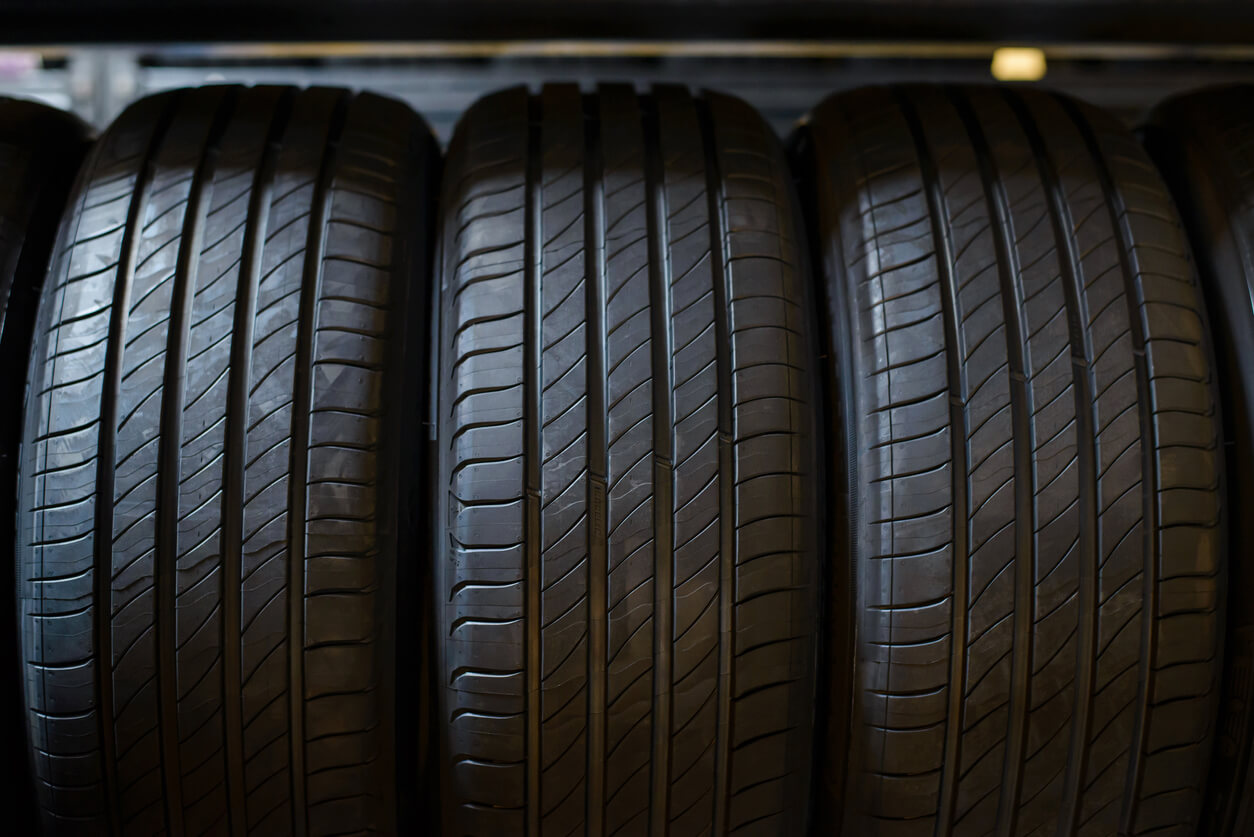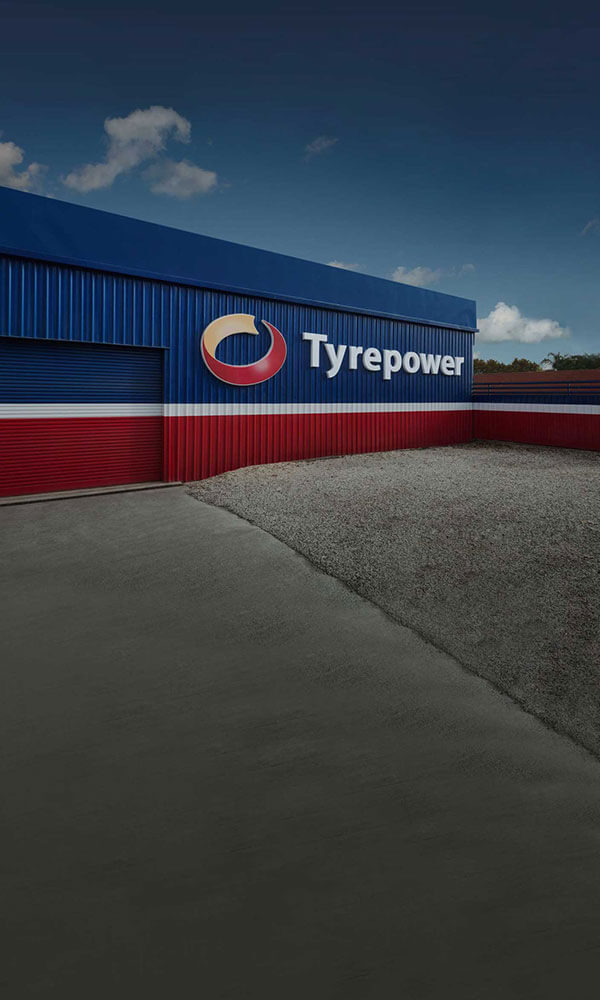How to Store Your Spare Tyres
All tyres come with a crucial aspect often overlooked: their manufacturing dates. This date information is stamped on the tyre's sidewall, and serves as a vital indicator of the tyre's age and, by extension, its reliability and safety.
As a rule of thumb, tyres older than five years should be inspected at 3 to 6 month intervals. This is because tyres can develop dry rot or suffer from exposure damage due to environmental factors such as sunlight, heat, and cold, all of which can compromise their integrity and performance. Even though the tyre has a good amount of tread depth remaining, the date and condition of the tyres might suggest performance or safety issues.
Tyres aging before you get them isn’t generally an issue with most common tread patterns, as the time between manufacturing and fitting them is a matter of weeks in most cases. Combine that with the fact that tyre stores generally follow most of the steps below, and it’s only really special edge cases where you need to worry about looking after tyres for the long term.
Long Term Tyre Care
If you have a vehicle that doesn’t get driven much, or multiple sets of tyres for your car, such as competition ‘R’ tyres or hardcore offroad tyres, you may find yourself swapping between a set of tyres that are suitable for street use, and then changing back over for other types of driving.
Generally if you have multiple sets of tyres, you have multiple sets of wheels to leave them mounted, from now on, we’ll assume your spare tyres are mounted on their own wheels.
Storing tyres properly when they are off the car for an extended period, such as several months, is crucial, especially for enthusiasts who have multiple sets for different purposes. Here's a comprehensive guide on how to do it right:
1. Clean the Tyres Thoroughly
Dirt and grime can contribute to rubber degradation. Clean tyres ensure the longevity of the rubber. By using mild soap and water to clean the tyres. Avoid harsh chemicals that can damage the rubber. Most car cleaning soap is relatively gentle, but try to avoid heavy duty degreasers and truck washes. Ensure they’re all nice and dry before storing them.
2. Check for Damages and Wear
Any time you’re swapping tyres over, take a moment to look for any signs of wear, cuts, or punctures. This is also a good time to check the tread depth. Tyres that are exposed to sunlight can suffer from UV damage, leading to cracks and brittleness. Look for signs of discoloration and surface cracks.
3. Proper Inflation
Properly inflated tyres help maintain their shape and prevent flat spots when stored. Inflate tyres to the recommended pressure, but not more than the maximum limit indicated on the tyre sidewall. If you’re storing a vehicle with the tyres left on, consider periodically rolling the vehicle forward or back in a different position so that the portion of the tyre always being loaded is changed. This reduces the chance of permanently flat-spotting your tyres.
4. Storage Location
Store tyres in a cool, dry, and dark place. Exposure to sunlight, moisture, and extreme temperatures can accelerate tyre degradation. Avoiding direct sunlight by using a protective, UV resistant cover. UV rays can cause serious damage over time.
5. Positioning
There are several recommended ways to store tyres long term. For tyres that are not fitted to rims, stand them upright, next to each other, to prevent deformation.
Tyres on wheels should be stored the same way or hung on wall-mounted racks to save space and prevent shape distortion. For tyres sitting on a shelf , remember to rotate them every few months to avoid flat spotting.
It’s not recommended to stack tyres vertically for any extended period of time to limit potential distortion. High performance tyres are more susceptible to distortion thanks to the slightly stretchy nature of the nylon reinforcement cords used within the tyre.

6. Use of Tyre Covers
Tyre covers protect against dust, moisture, and light. They can be particularly useful if storage space is shared or open to elements. Buy a cover that is made from somewhat breathable materials to prevent moisture buildup.
7. Regular Inspection
Check on your stored tyres at least once every few months and look for signs of ageing like cracks or hardening, and any environmental impacts like moisture or pest infestation.
8. Avoiding Chemical Exposure
Avoid exposure to chemicals, oils, vapours or solvents which will degrade rubber.
9. Rotation During Storage
If you choose to stack your tyres, be sure to rotate the stack periodically to distribute weight evenly and prevent flat spots.
10. Long-Term Considerations
Rubber compounds in tyres degrade over time, even when not in use. Typically, tyres older than 5-6 years may need extra inspection for integrity. Consider replacing tyres that show significant signs of ageing or damage, regardless of tread depth.
Protecting your investments
Tyres are expensive, and storing tyres properly not only prolongs their life but also ensures safety when they are put back into use. Paying attention to cleaning, storage environment, and regular inspections can make a significant difference in maintaining your tyres in top condition.
Remember, these tips are particularly relevant for those with specialty tyres, such as mud terrain tyres for 4WD enthusiasts or non-street legal tyres for racing. Proper storage is an integral part of tyre maintenance and performance.
Tyrepower are your nationwide experts when it comes to tyres and wheels. Whether you have a passenger vehicle that just gets you from A to B, a long term project car, an unstoppable off road rig or a full on race car, we can help with products and advice. Reach out to your local Tyrepower today to find out more!







